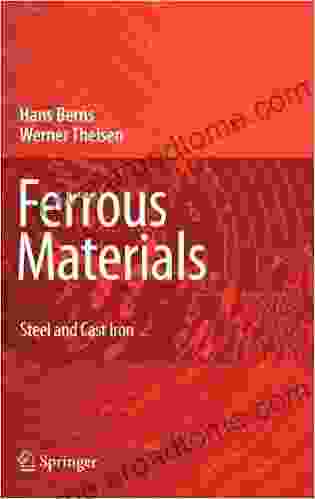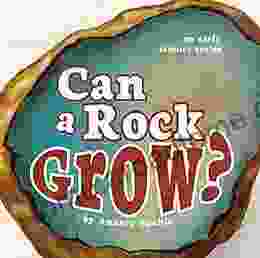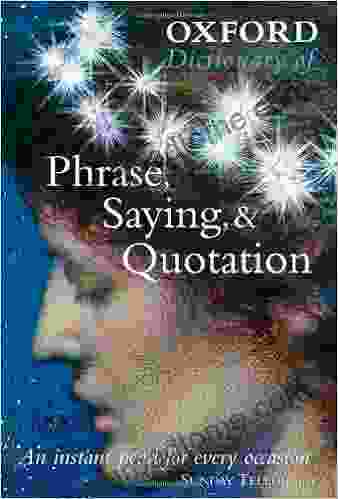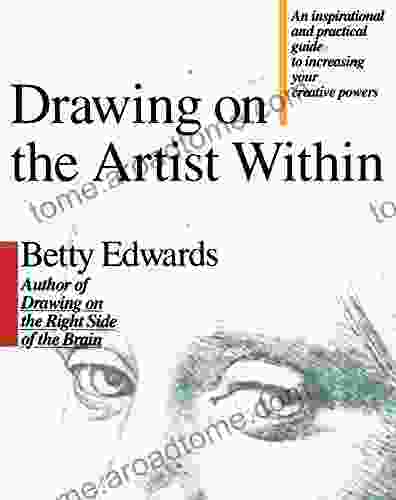Ferrous Materials: Steel and Cast Iron - The Ultimate Guide for Engineers and Metallurgists

5 out of 5
| Language | : | English |
| File size | : | 10020 KB |
| Text-to-Speech | : | Enabled |
| Screen Reader | : | Supported |
| Print length | : | 430 pages |
Ferrous materials are iron-based alloys that are used in a wide range of applications, from construction to transportation to manufacturing. The two most common ferrous materials are steel and cast iron. Steel is a strong, ductile alloy that is made by adding carbon to iron. Cast iron is a brittle, hard alloy that is made by adding more carbon to iron.
In this comprehensive guide, we will explore the properties, processing, and performance of ferrous materials. We will begin by discussing the fundamentals of iron and steel metallurgy. We will then discuss the different types of steel and cast iron, as well as their applications. Finally, we will discuss the latest advances in ferrous materials research and development.
Fundamentals of Iron and Steel Metallurgy
Iron is the fourth most abundant element in the Earth's crust. It is a strong, ductile metal that is used in a wide range of applications. Steel is an alloy of iron and carbon. The amount of carbon in steel determines its properties. Low-carbon steels are soft and ductile, while high-carbon steels are hard and brittle.
The production of steel begins with the mining of iron ore. Iron ore is a rock that contains iron oxides. The iron oxides are smelted to produce pig iron, which is a form of iron that contains a high percentage of carbon. Pig iron is then converted into steel by removing some of the carbon.
The properties of steel can be controlled by adding other elements, such as manganese, silicon, and chromium. These elements can improve the strength, hardness, and toughness of steel.
Types of Steel
There are many different types of steel, each with its own unique properties and applications. Some of the most common types of steel include:
- Carbon steel is the most common type of steel. It is made by adding carbon to iron. The amount of carbon in carbon steel determines its properties. Low-carbon steels are soft and ductile, while high-carbon steels are hard and brittle.
- Alloy steel is a type of steel that contains other elements, such as manganese, silicon, and chromium. These elements can improve the strength, hardness, and toughness of steel.
- Stainless steel is a type of steel that is resistant to corrosion. Stainless steel is made by adding chromium to iron.
- Tool steel is a type of steel that is used to make tools. Tool steel is made by adding carbon and other elements to iron. Tool steel is very hard and wear-resistant.
Types of Cast Iron
Cast iron is a type of ferrous material that is made by adding more carbon to iron than is used to make steel. Cast iron is brittle and hard, but it is also very strong. Cast iron is used in a wide range of applications, including:
- Gray cast iron is the most common type of cast iron. It is used to make a variety of products, such as engine blocks, cookware, and pipes.
- Ductile cast iron is a type of cast iron that is stronger and more ductile than gray cast iron. Ductile cast iron is used to make a variety of products, such as automotive parts, agricultural equipment, and valves.
- Malleable cast iron is a type of cast iron that is made by annealing white cast iron. Malleable cast iron is used to make a variety of products, such as pipe fittings, automotive parts, and hardware.
Applications of Ferrous Materials
Ferrous materials are used in a wide range of applications, including:
- Construction - Ferrous materials are used to make a variety of building components, such as beams, columns, and reinforcing bars.
- Transportation - Ferrous materials are used to make a variety of vehicles, such as cars, trucks, and trains.
- Manufacturing - Ferrous materials are used to make a variety of machinery and equipment.
- Energy - Ferrous materials are used to make a variety of energy components, such as wind turbines and solar panels.
Advances in Ferrous Materials Research and Development
There are a number of exciting advances in ferrous materials research and development. These advances include:
- The development of new high-strength steels - These steels are stronger than traditional steels, but they are also more ductile and easier to weld.
- The development of new corrosion-resistant steels - These steels are resistant to corrosion in a variety of environments, including海水
- The development of new cast irons - These cast irons are stronger and more ductile than traditional cast irons, and they are also more resistant to wear and tear.
These advances in ferrous materials research and development are leading to the development of new and innovative products that are stronger, lighter, and more durable than ever before.
Ferrous materials are essential to our modern world. They are used in a wide range of applications, from construction to transportation to manufacturing. The properties of ferrous materials can be controlled by adding other elements, such as manganese, silicon, and chromium. These elements can improve the strength, hardness, and toughness of ferrous materials.
There are a number of exciting advances in ferrous materials research and development. These advances are leading to the development of new and innovative products that are stronger, lighter, and more durable than ever before.
5 out of 5
| Language | : | English |
| File size | : | 10020 KB |
| Text-to-Speech | : | Enabled |
| Screen Reader | : | Supported |
| Print length | : | 430 pages |
Do you want to contribute by writing guest posts on this blog?
Please contact us and send us a resume of previous articles that you have written.
 Book
Book Novel
Novel Page
Page Chapter
Chapter Text
Text Story
Story Genre
Genre Reader
Reader Library
Library Paperback
Paperback E-book
E-book Magazine
Magazine Newspaper
Newspaper Paragraph
Paragraph Sentence
Sentence Bookmark
Bookmark Shelf
Shelf Glossary
Glossary Bibliography
Bibliography Foreword
Foreword Preface
Preface Synopsis
Synopsis Annotation
Annotation Footnote
Footnote Manuscript
Manuscript Scroll
Scroll Codex
Codex Tome
Tome Bestseller
Bestseller Classics
Classics Library card
Library card Narrative
Narrative Biography
Biography Autobiography
Autobiography Memoir
Memoir Reference
Reference Encyclopedia
Encyclopedia Lion Heart
Lion Heart B Sham Moteelall
B Sham Moteelall Benjamin Libet
Benjamin Libet Ben Carter
Ben Carter Barbara Berkeley
Barbara Berkeley Katrina Goldsaito
Katrina Goldsaito Brigitte Pregenzer
Brigitte Pregenzer Max Brooks
Max Brooks Takayoshi Yamamura
Takayoshi Yamamura Michael D Antonio
Michael D Antonio Bernie Marsden
Bernie Marsden Joel L Parkyn
Joel L Parkyn Aubrey De Grey
Aubrey De Grey Bennie Lindberg
Bennie Lindberg Ben Evans
Ben Evans Bernd S Koehling
Bernd S Koehling John Snyder
John Snyder Bella Braswell
Bella Braswell Barbara Tufty
Barbara Tufty Shawn Decker
Shawn Decker
Light bulbAdvertise smarter! Our strategic ad space ensures maximum exposure. Reserve your spot today!

 Easton PowellUnlock the Secrets to Flawless Brows: Embark on the Art of Microblading with...
Easton PowellUnlock the Secrets to Flawless Brows: Embark on the Art of Microblading with...
 Preston SimmonsUnlock the Secrets of Spanish Fluency: A Journey with Benny Lewis's Language...
Preston SimmonsUnlock the Secrets of Spanish Fluency: A Journey with Benny Lewis's Language... James GrayFollow ·10.8k
James GrayFollow ·10.8k Marc FosterFollow ·5.9k
Marc FosterFollow ·5.9k Shawn ReedFollow ·12.2k
Shawn ReedFollow ·12.2k Drew BellFollow ·6k
Drew BellFollow ·6k Wayne CarterFollow ·18.1k
Wayne CarterFollow ·18.1k Mark TwainFollow ·2.2k
Mark TwainFollow ·2.2k Howard PowellFollow ·16.4k
Howard PowellFollow ·16.4k Ryūnosuke AkutagawaFollow ·14.5k
Ryūnosuke AkutagawaFollow ·14.5k

 Corey Hayes
Corey HayesEasy Delicious Recipes To Heal The Immune System And...
: The Cornerstone...
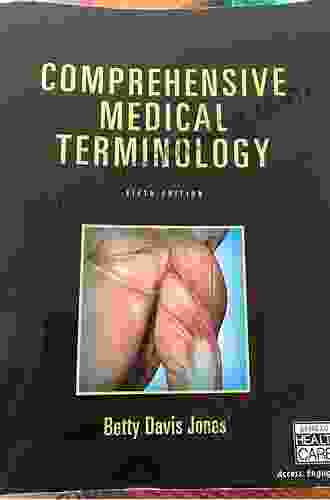
 Cody Russell
Cody RussellMastering Medical Terminology: A Comprehensive Guide for...
Navigating the...

 Ibrahim Blair
Ibrahim BlairBeat Cancer Symptoms: Your Essential Guide to Symptom...
Are you struggling with the debilitating...
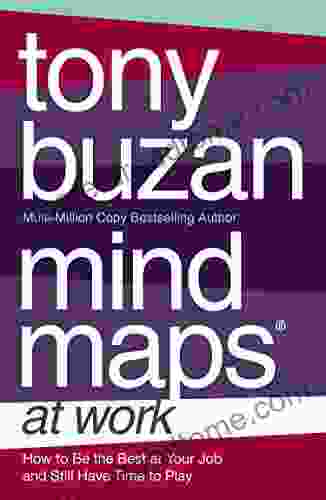
 Finn Cox
Finn CoxHow to Be the Best at Work and Still Have Time to Play:...
Are you tired...
5 out of 5
| Language | : | English |
| File size | : | 10020 KB |
| Text-to-Speech | : | Enabled |
| Screen Reader | : | Supported |
| Print length | : | 430 pages |


